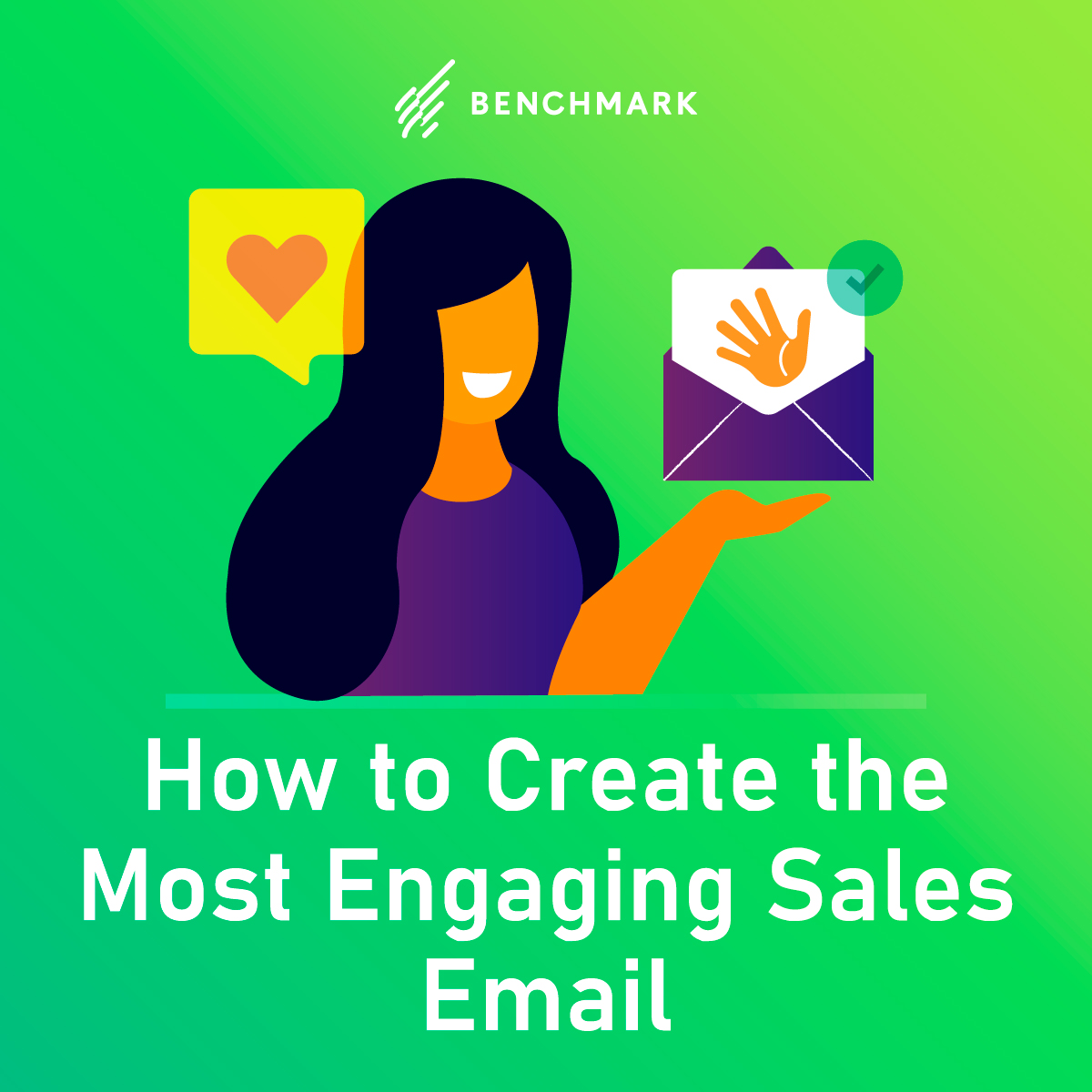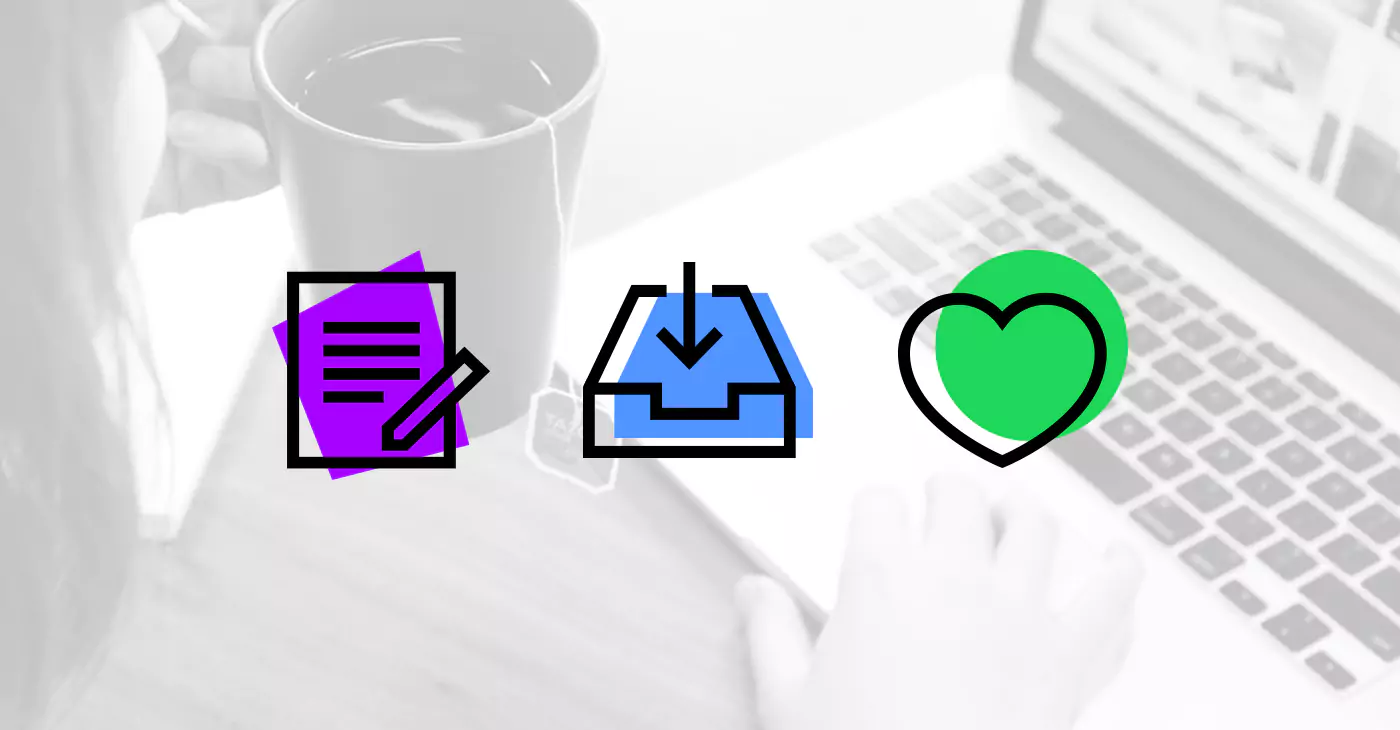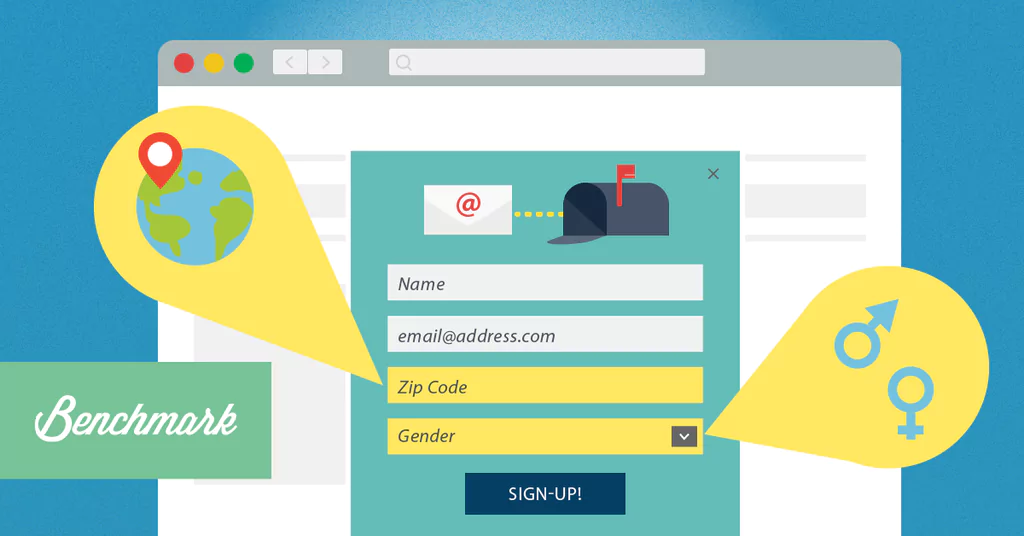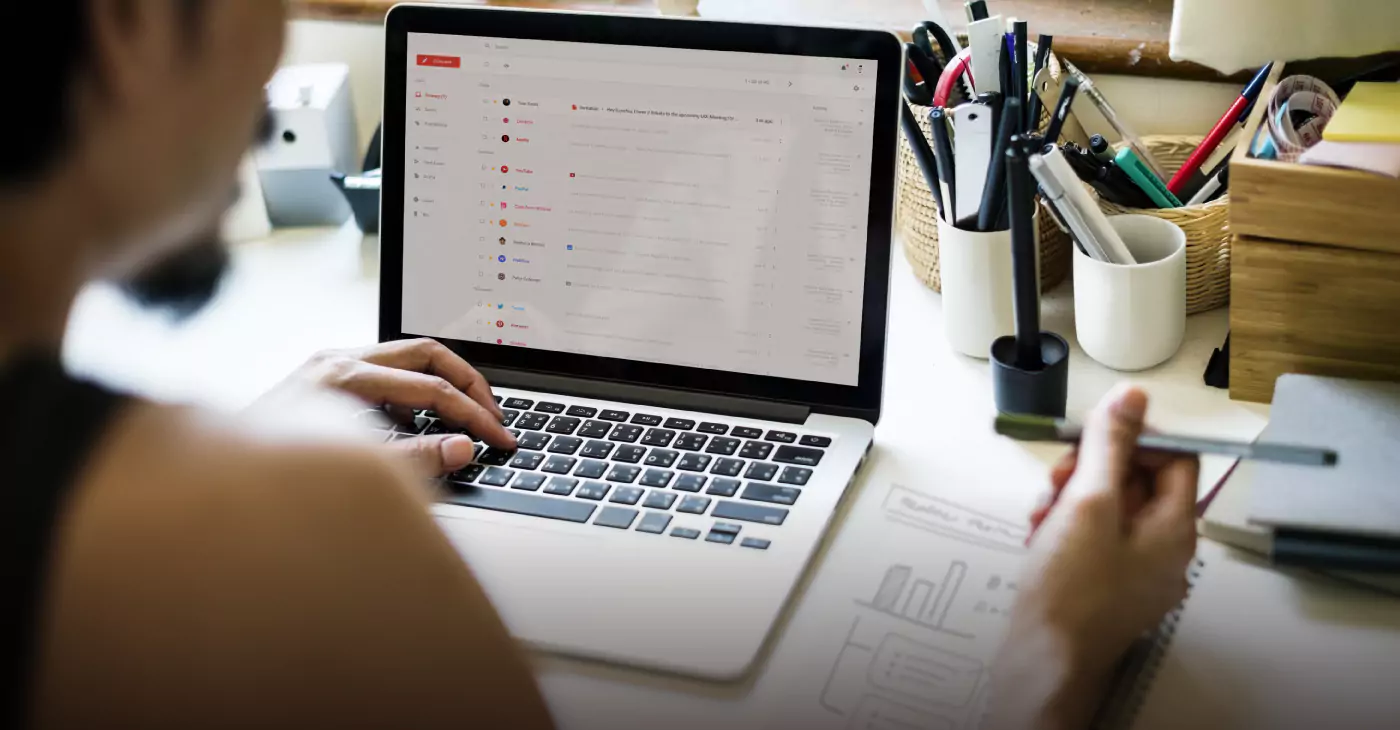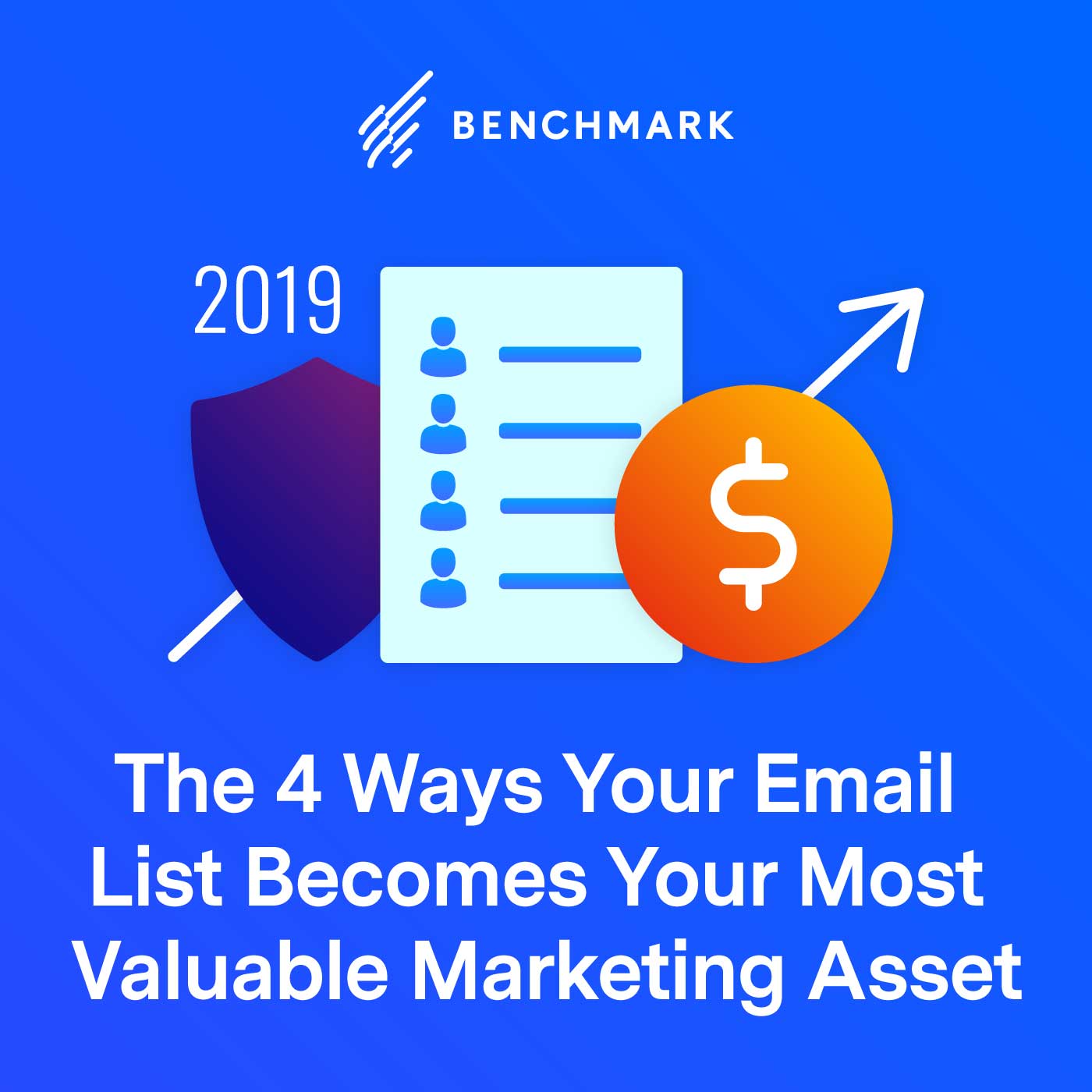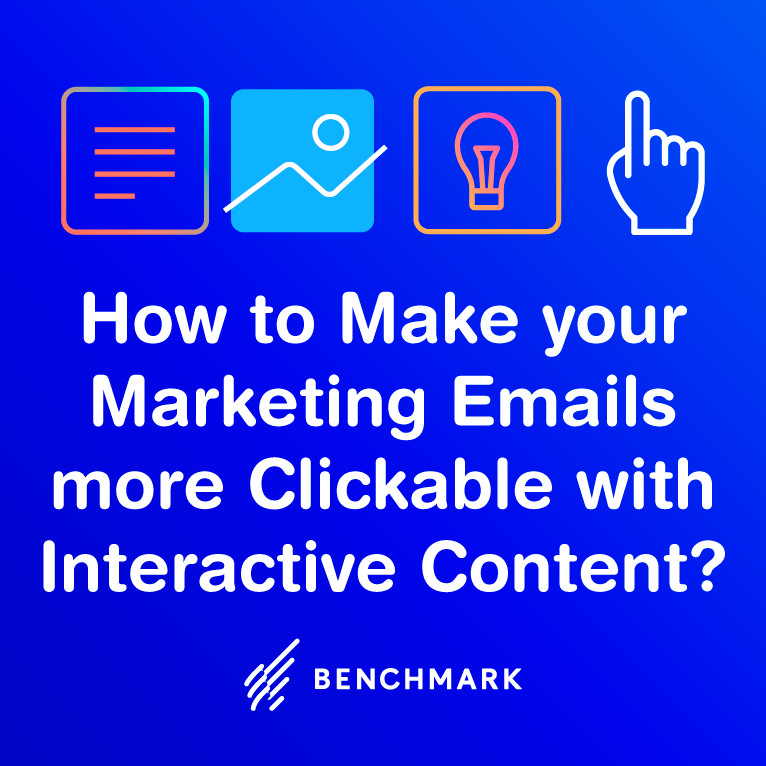Sales reps spend at least 33% of their work hours emailing. Email remains a robust sales and prospecting tool. But, how you go about creating those sales emails is really what matters here.
Prospects may not know a ton about you or your products, so they’ll need a reason to open, read, and convert. Here are 17 actionable tips for creating the most engaging sales emails that will delight your prospects.
1. Prepare
Before you begin composing your email, take some time to gather relevant information on your target audience. The best sales negotiation training can equip you to identify your target recipient, but also consult your marketing strategy where your audience personas should be clearly indicated.
Also, consult your CRM software if the lead you’re reaching out to is in your system. It should tell you what your recipient cares about and what sort of content he or she is engaging with. Also, check your prospects out online by looking for any content they’ve created, publications they read or contribute to, or what their social media activity is like. Determine the kinds of posts and tweets the recipient shares and review their company’s website.
2. Use Engaging Subject Lines
Your sales email subject line is the most critical part of convincing your prospect to open your email. Crafting the perfect subject line can influence the recipient’s initial perception of the message, and ultimately determine if he or she will open it. Your email subject may even be the ice-breaker when you finally meet the prospect for negotiations.
Personalize your subject lines by including the recipient’s name to grab attention. Some examples of effective email subject lines include:
- Dan, can you help me out?
- Dan, I know you’ll love this
- Dan, here’s a fantastic new tool for your marketing automation
- Dan, here’s a better way to (insert benefit)
- Dan, check out how (competitor) increased (high-level benefit)
3. Drop the Formality
Formal structures sound too impersonal. Drop the corporate-speak and write like you’re talking to a friend. Keep your message casual, friendly, and lively. An informal email is likely to put your contact at ease. A warm tone can increase your chances of landing a face-to-face meeting or a seat at the negotiating table.
An informal tone gives the contact the impression they can get along with you when you reach the negotiation stage. Drop the strict structures and be the friend offering support for your contact’s goals.
4. Work On Your Opening Sentence
Your opening line leads the reader to the rest of your email and, possibly, to negotiations. A weak opening can result in a quick dismissal, with your email ending up in archives. Avoid opening with, “Hi, my name is…” Instead, lead with something more impactful such as:
- Jennifer from __ mentioned…
- I noticed you…
- I read your recent…
- I loved your presentation at…
- Congratulations on (recent achievement)…
5. Use Simple Design
A complex email marketing design may obscure your message. You don’t need to use all the bells and whistles that are available. What you need most is a simple, clutter-free design that highlights your main message points. You may also need to use an interactive mobile-friendly design, as most people use different gadgets to view their emails on the go.
There are several online tools to create beautiful, user-centric emails, and that are a sinch to operate. Use email design tools make it easy for even the least tech-savvy to customize their sales emails.
6. Make It Short and Sweet
The body of your email needs to be concise. Your prospect is most likely busy and has little time to wade through a load of minutiae.
Your email needs to elicit a response, not inundate the reader with information. Make the body no more than three paragraphs long. Each paragraph could have two to four sentences. Space your paragraphs for easier reading and comprehension.
7. Personalize Your Message
The fastest way to lose your prospect’s interest is to send a cookie-cutter email. Sending out a mass email to many prospects may send all your future emails to the spam box.
Get personal. Refer to your contact by name. Mention events and causes your prospect may be interested in. Many LinkedIn profiles list interests at the bottom. Your value proposition should focus on your prospect’s pain points, with a distant place position going to general industry needs.
8. Leverage Connections
Do you have any mutual connections with your prospect? Is there someone of high standing you both know on a personal level? Mention events you may have attended together, such as training or other corporate events.
Use your connections to make an introduction. A mutual connection can establish your credibility. A shared connection offers the prospect a chance to do a quick background check before they decide whether to engage and negotiate with you.
9. Reveal Your Trigger
You’ve already introduced yourself and answered the “who.” You have included your value proposition, explaining the “what” and the “why.” The next question to address is “why now?” Advance your sales agenda by telling the prospect why you’re reaching out now. What’s the trigger that made you make your pitch?
The answer could be that you saw their ad for a similar product. Maybe you read the prospect’s recent blog post that outlined the challenges the company was facing. Perhaps it was a news item or a meeting you had with one of their employees. The prospect may have recently viewed or commented on your content. Whatever the reason, mention it and make it plausible.
10. Clarify Your Value Proposition
Your email’s body should deliver a clear value proposition. What is the recipient getting out of reading this email? Avoid generic value propositions such as “Our firm helps growing companies to boost their conversion rates by 300%.”
A better strategy would be to ask questions that align with the prospect’s pain points. Some examples of winning questions include:
- Would you like to improve your sales negotiation strategy for the upcoming holiday season?
- Are you locking out prospective clients in your sales funnel?
- Wouldn’t it be valuable to have reliable email marketing automation for your lead generation systems?
- Do you need a seamless integration between your sales, marketing, and accounting departments?
11. Include Timelines and Deadlines
It works to create some sense of urgency in your sales emails. Timelines and deadlines can inspire your contact to take immediate action or risk losing the benefits you’re offering. Timelines set up practical expectations and provide a tentative timetable for taking the next step in the sales cycle.
12. Create a Call to Action
Nowadays, an increasing number of email users are desensitized to most calls to action. Yet, including one is still relevant, as a strong call to action prompts and guides the recipient to the next step.
Make a call to action that appeals to your contact’s self-interest rather than your sales agenda. An example would be, “Could your sales negotiations team benefit from a demonstration on how to boost their sales quotas?”
13. Embrace Technology
Several tools can make the sales process much more effective. Certain email add-ons and browser extensions can reveal your prospect’s reactions. Prospect reactions may include the links the reader clicked on, whether the reader opened the email, and whether the reader scrolled to the bottom of the email.
The tools can also provide insights into your sales email campaign even without tech training. Some popular add-ons and extensions allow you to:
- Create dynamic CRM email marketing templates
- Quickly attach files and images
- Schedule email blast templates
- Create videos right inside your mailbox
- Include your calendar for easy scheduling of calls and meetings
- Track emails and clickable links
14. Find Out CC Possibilities
Your first email is not for closing sales or initiating negotiations. Instead, your first email is an attempt at building relationships. Use your initial email to find out who else in the prospect’s company may need to join in the conversation.
For instance, does your email recipient need to consult someone else? If so, ask your contact whether you need to CC someone else in their organization in follow-up emails.
15. Have a Strong Closing
Closing strong leaves a memorable impression while providing the recipient with a clear path of action. A strong closing can also set up the agenda for the next interaction. Try the following questions to prompt a positive response:
- Can we set up a meeting to discuss the next steps?
- Are you available tomorrow for a 10-minute phone call?
- Let me know if improving your (business operations) is a priority for your company now.
- Can I send over our top rep to make a presentation and explain the benefits further?
16. Craft Your Email Signature
Your email signature is not a vanity tool. It shouldn’t distract from the rest of the email or contain too many links. You need a professional signature that’s on-brand and offers quick contact info.
Have your phone number and one or two of your most active social media buttons. Avoid inspirational quotes and images. You want your contact to focus on the message rather than vanity designs.
17. Think About Timing
Inconvenient timing can result in your contact ignoring your email. You want to be top of your recipient’s inbox when they are fresh and have just started their workday.
Scheduling allows you to write your emails when you’re in your best frame of mind. Let’s say you feel you write your best emails at two in the afternoon. With scheduling, you can draft your pitch when it’s most convenient for you, and the email is sent when it’s most suitable for your recipient.
Email sales campaigns can be tough, especially if you’re cold-calling strangers. Using a friendly tone can set you up for success. Personalizing your email, from the subject line to the value proposition, can make the email and message more appealing.
Leverage mutual connections and shared interests to make your introduction. Have a strong closing and a call to action to prompt a response. Using timelines and deadlines works to create a sense of urgency and set up an action timetable. Your email signature works to take the conversation beyond email to the negotiation table.
